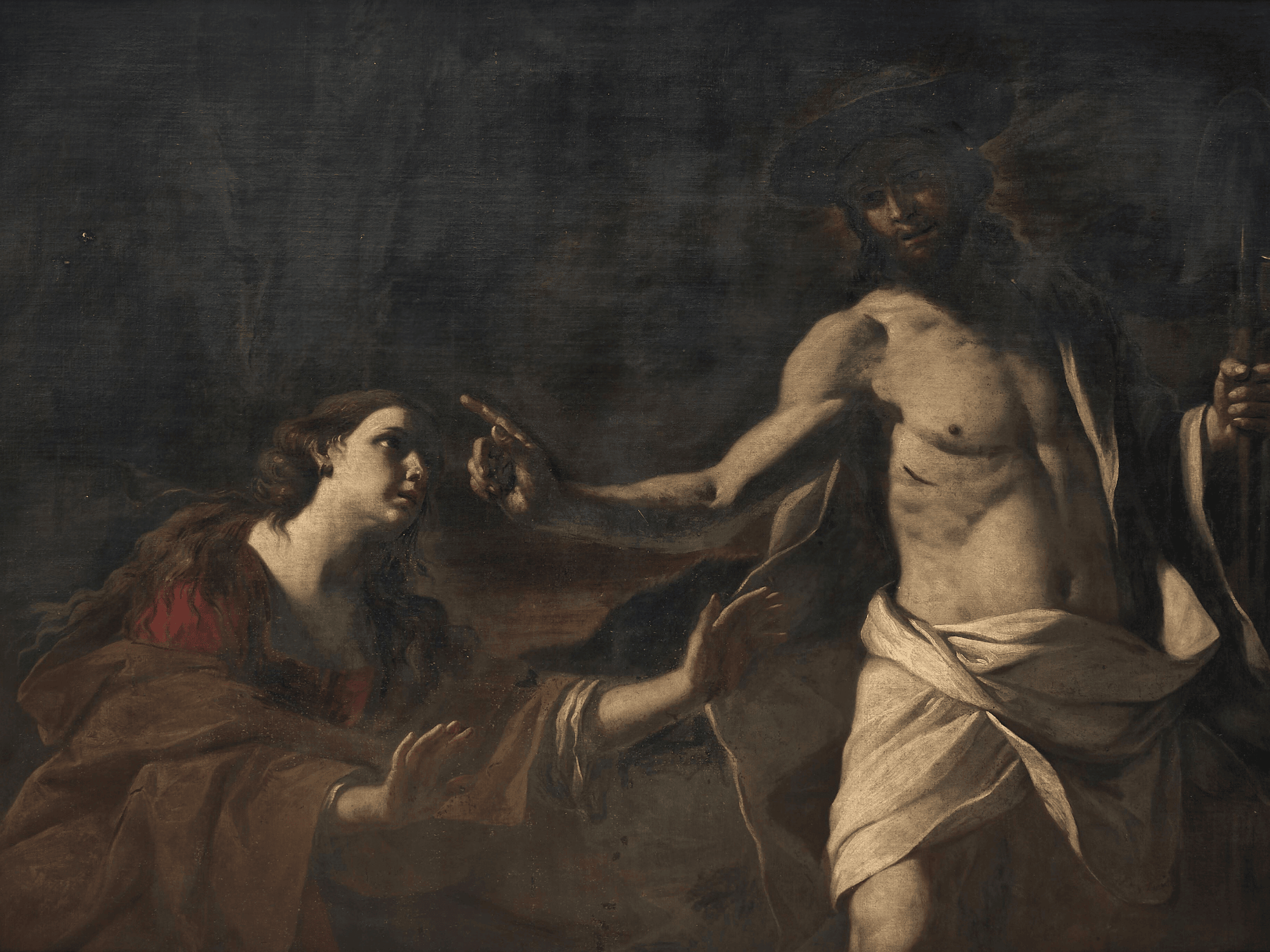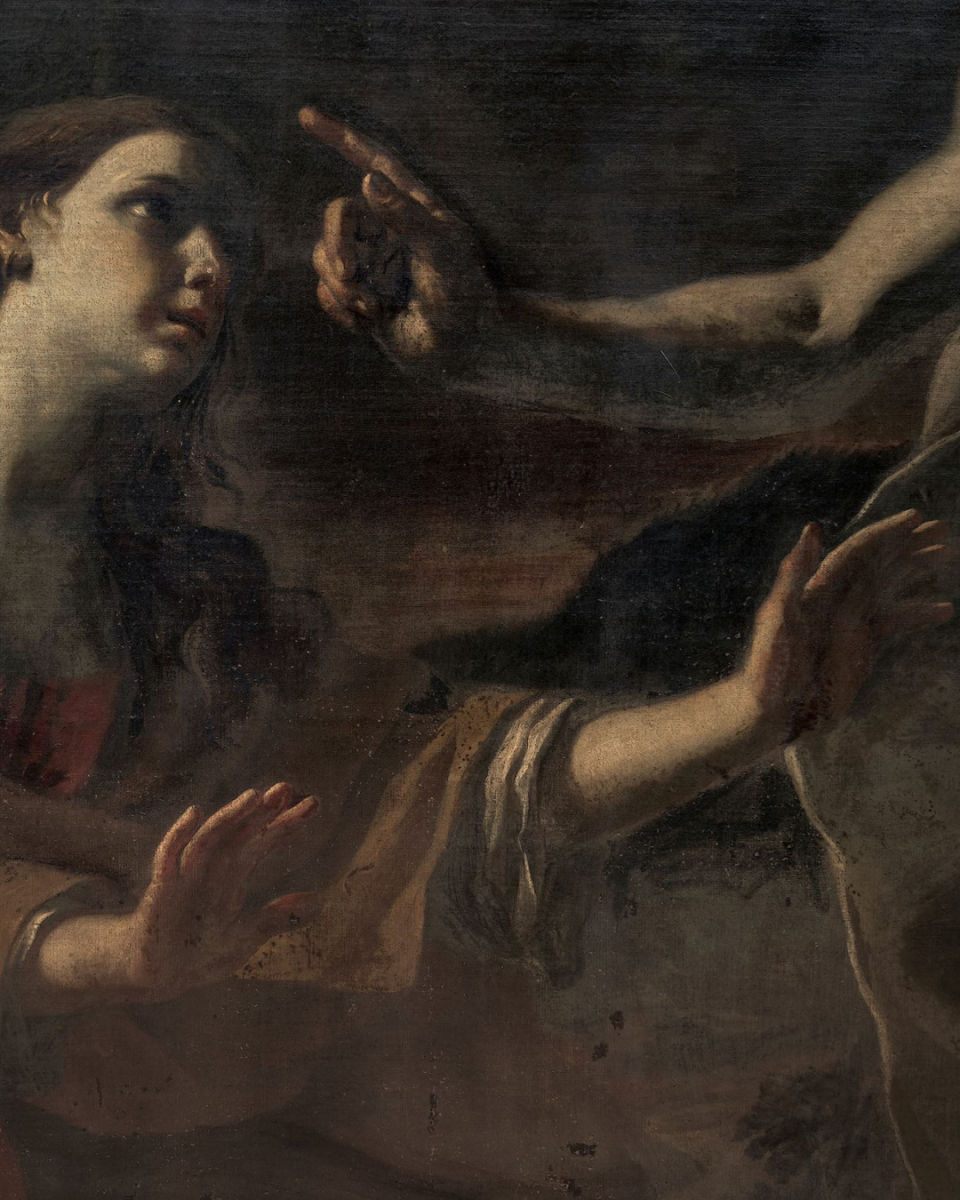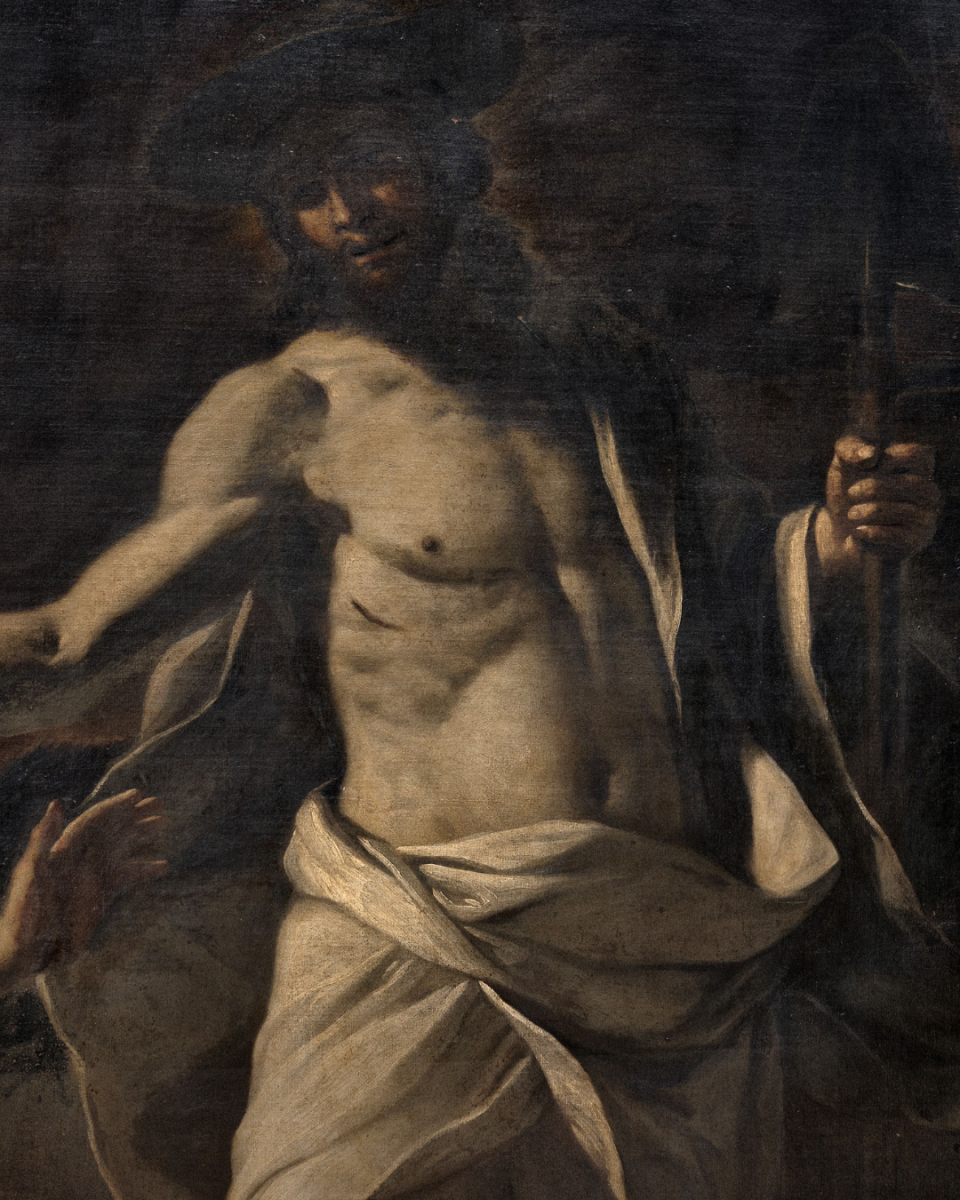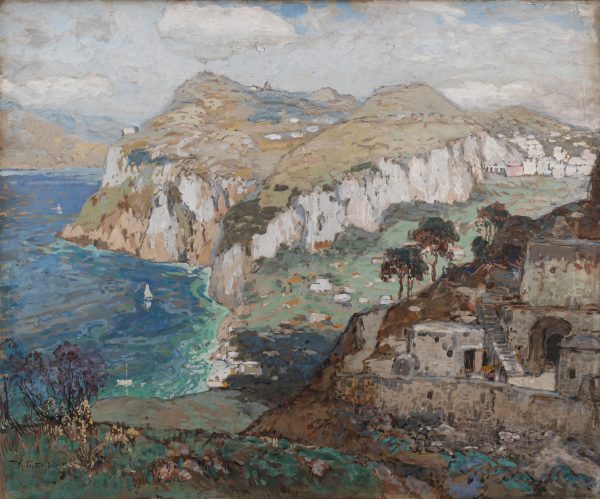The episode, taken from the Gospel of John (20:13–18), has been depicted many times throughout the history of art, beginning in the Middle Ages. It appears in the solemn frescoes of Giotto in Padua and in the luminous Venetian atmosphere of Titian’s painting at the National Gallery in London. In each interpretation, the risen Christ holds Mary Magdalene at a distance. It is the morning after the Resurrection: Mary visits the tomb and finds it empty. She informs the disciples, who come running but leave, bewildered. Mary remains behind in the garden, weeping. Two angels appear and ask why she is crying; when she turns, she sees Jesus — though at first, she mistakes him for the gardener. Only when he speaks does she recognize him and reach out in joy. But Jesus stops her with the words Noli me tangere, Latin for “Do not touch me.”
Biblical scholars have long debated the meaning of these words. The original Greek conveys more than just a prohibition against physical touch — it suggests not clinging or trying to hold on. This nuance reflects the urgency of the moment: Christ is preparing to ascend to the Father, and Mary’s task is not to detain him, but to go and announce his Resurrection to the disciples.
The scene is deeply spiritual, yet it also carries the intimacy of a personal encounter between two individuals. Though rich in theological meaning, it unfolds in a profoundly human way. Mary Magdalene’s gesture is spontaneous and emotional; she longs to embrace him, but Christ has already reached another realm. Still, he chooses to appear to her in a garden, a setting that evokes the hortus conclusus, or “enclosed garden,” a symbol rooted in the Song of Songs and later adopted in Christian iconography to represent the Virgin Mary.
In many traditional depictions, Christ is shown with a spade, a nod to the gardener misunderstanding, as in Tiziano’s version. Preti follows this tradition but adds an another, rather unusual detail: a farmer’s hat, shading the divine rays from Christ’s head. As art historian John T. Spike notes, this painting is a striking example of Preti’s energetic style from the mid-1670s. It also stands out for portraying the risen Christ as a youthful figure, an uncommon choice in Preti’s work on this subject, though he had used a similar approach in a portrait of John the Baptist now in the National Museum of Fine Arts in Malta.
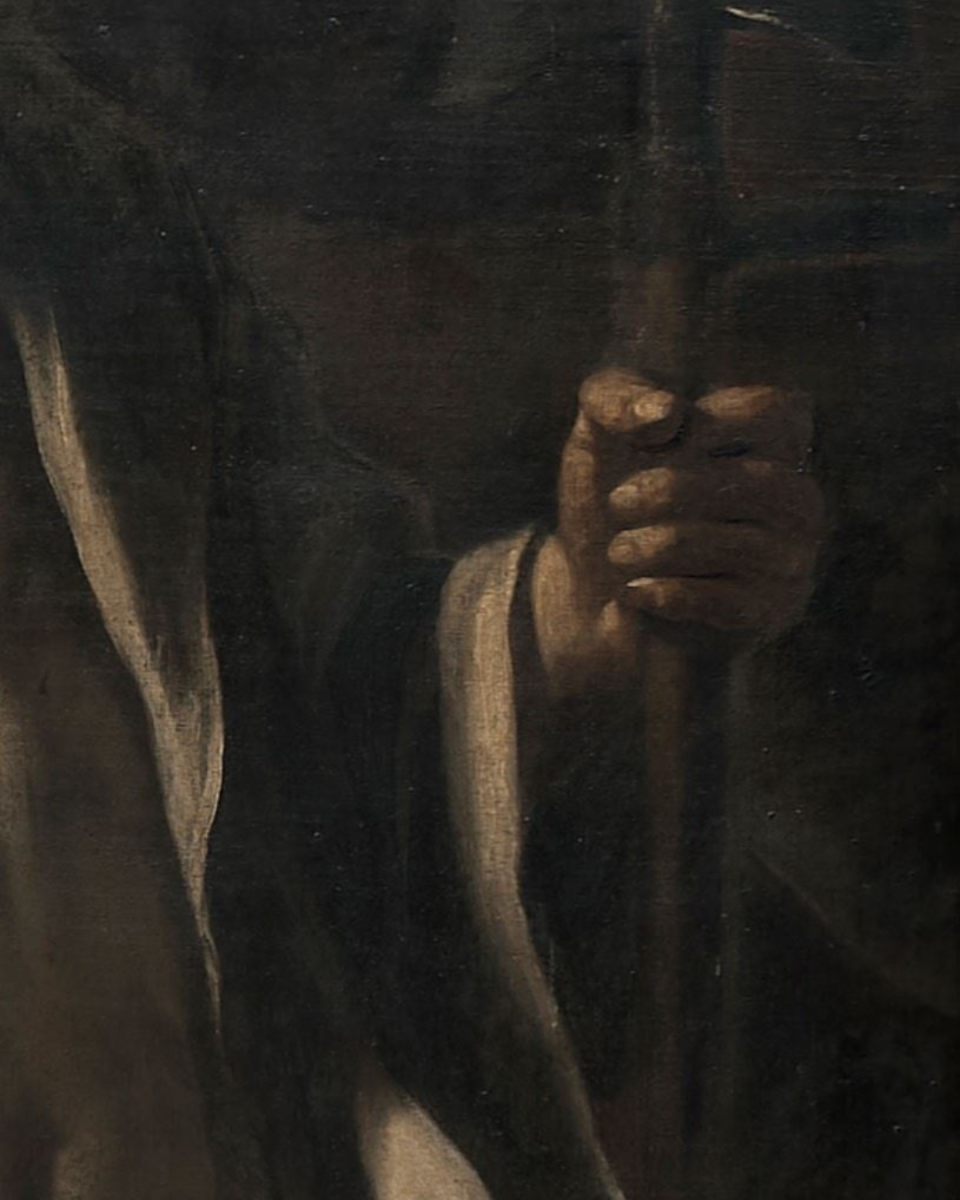
Estimate € 100.000 – 150.000
In this Noli me tangere, movement is felt but held in check. Mary’s golden hair flows behind her as she leans forward, but her gesture halts at the edge of reverence. Christ’s twisted pose hints at classical sculpture. Their gazes nearly meet, but never fully connect. Christ is already between earth and heaven, entrusting his message to Mary Magdalene and, in a sense, to the viewer, before his ascension.
The painting itself is suspended between the human and the divine, between stillness and motion, mirroring the dual nature of Christ, who is both God and man.
These themes, along with the significance of Preti’s interpretation, will be further explored during the presentation by Professor John T. Spike on May 22nd at 5 PM at our Roman headquarters.
Follow the live streaming: https://youtube.com/live/nlK0of8gHvQ?feature=share
View full catalogue of the Old Master Paintings auction: https://www.finarte.it/asta/dipinti-e-disegni-antichi-roma-2025-05-28?lang=en

